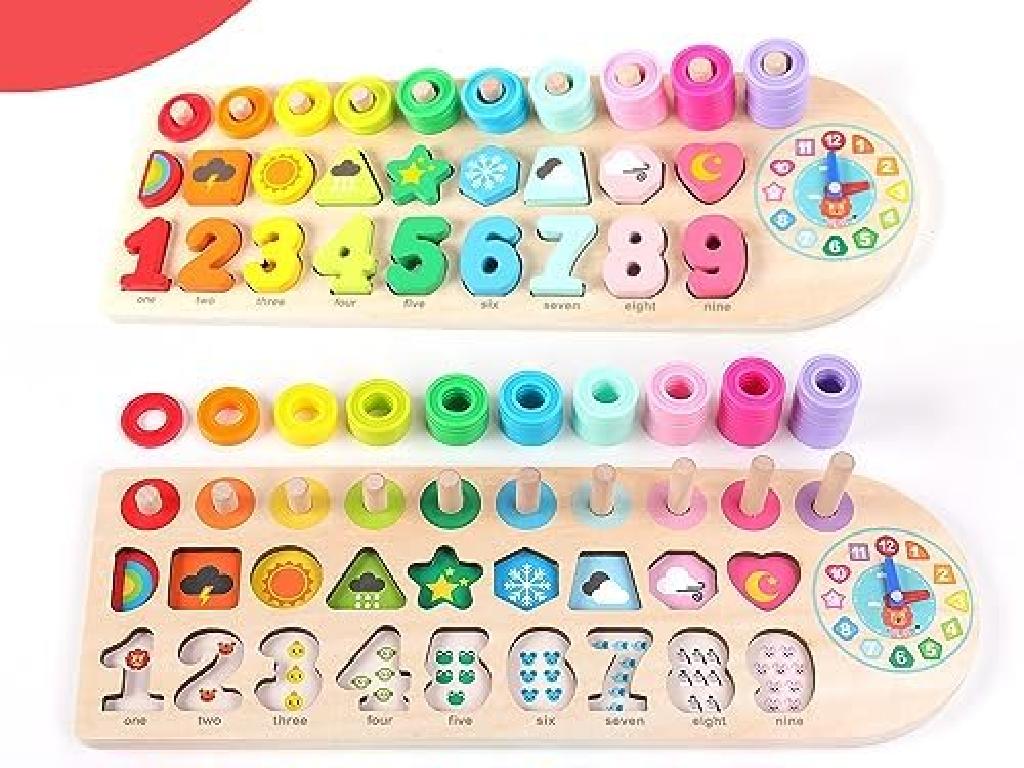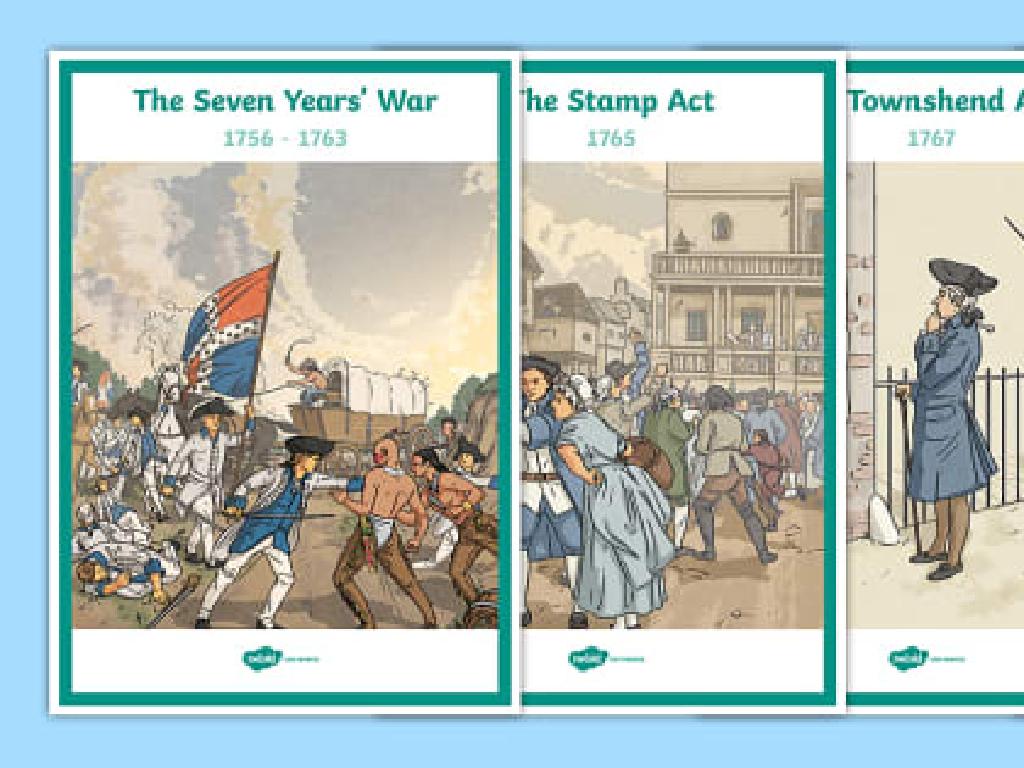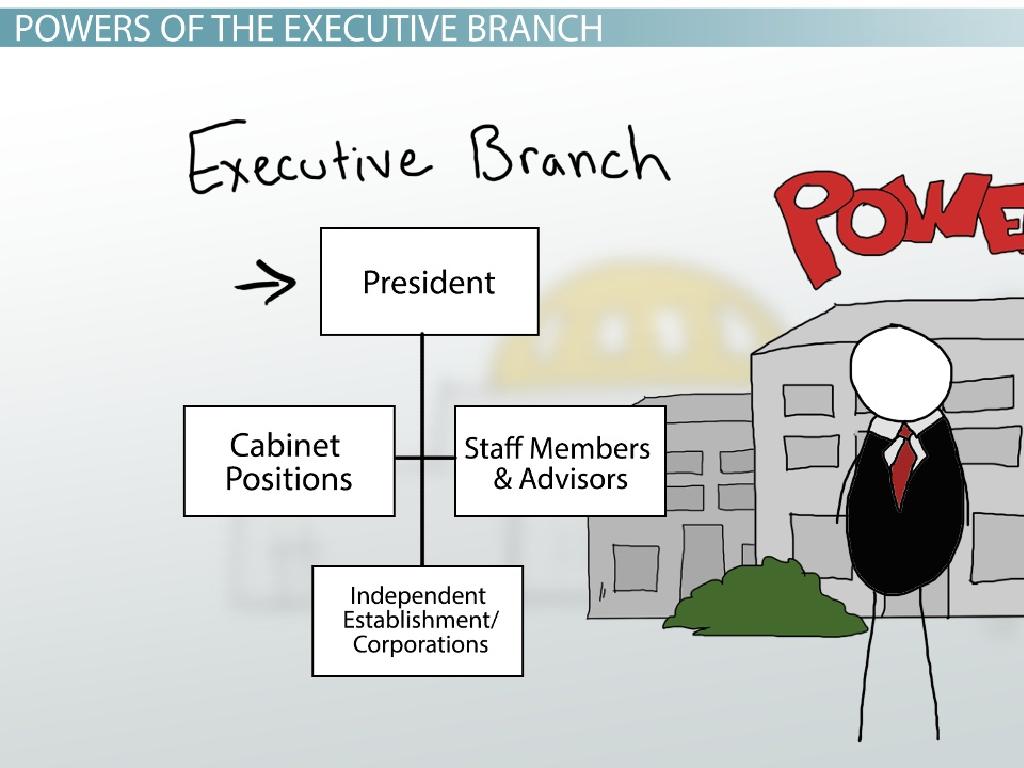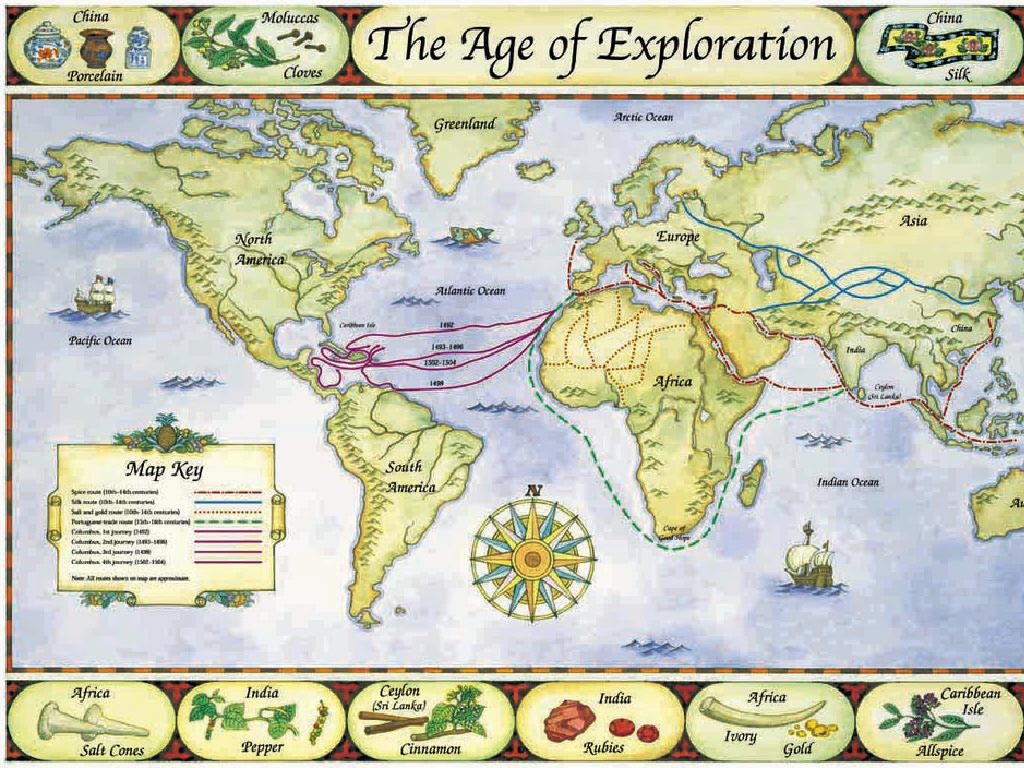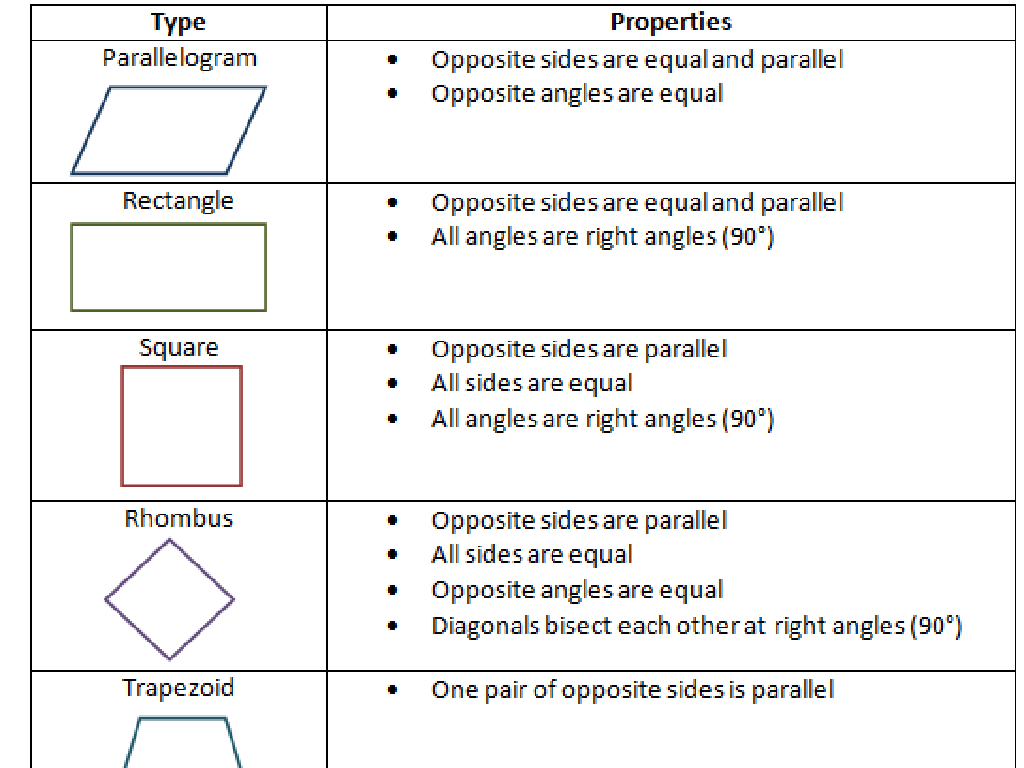Checks And Balances
Subject: Social studies
Grade: Fourth grade
Topic: Government
Please LOG IN to download the presentation. Access is available to registered users only.
View More Content
Understanding Checks and Balances
– What are Checks and Balances?
– It’s a system that ensures no one branch becomes too powerful.
– Branches of Government
– Our government has three parts: Legislative, Executive, Judicial.
– Balancing Power
– Each branch has powers that can limit the others.
– Why Balance is Important
– Keeps government fair and accountable.
|
This slide introduces the concept of checks and balances, a fundamental principle of the United States government designed to prevent any one branch from gaining too much power. Begin by explaining the system’s purpose and how it relates to the separation of powers among the three branches: Legislative (makes laws), Executive (carries out laws), and Judicial (interprets laws). Discuss examples of how each branch can check the others, such as the President’s veto power or the Supreme Court’s ability to declare laws unconstitutional. Emphasize the importance of this system in maintaining a fair and accountable government. Encourage students to think of checks and balances as a safety net for democracy.
Understanding Government: Checks and Balances
– What is government?
– A group that makes and enforces rules for a community.
– The three government branches
– Executive enforces laws, Legislative makes laws, Judicial interprets laws.
– How branches work together
– They collaborate to ensure laws are fair and followed.
– Balancing power in government
|
This slide introduces the concept of government to fourth-grade students, explaining its role and the purpose of having different branches. Start by defining government as the organization that creates rules for a community or country. Introduce the three branches of the U.S. government: the Executive (President and administration), the Legislative (Congress), and the Judicial (Supreme Court). Explain that these branches work together to make sure the country runs smoothly, with each having its own responsibilities. Emphasize the system of checks and balances, which ensures that no single branch becomes too powerful. Use relatable examples to help students understand, such as comparing the branches to a team where each player has a specific role, but all must work together to win the game.
The Idea of Checks and Balances
– What are checks and balances?
– It’s a system that allows each branch of government to amend or veto acts of another branch to prevent any one branch from exerting too much power.
– Why they’re key to democracy
– They ensure no part of the government becomes too powerful and that all voices are heard.
– Examples in government
– President vetoes a bill, Congress overrides veto, Supreme Court rules a law unconstitutional.
– How they protect our freedom
|
This slide introduces the concept of checks and balances, a fundamental principle in the United States government designed to prevent any one branch from gaining too much power. It’s crucial for maintaining a fair and balanced government where all branches work together but also keep each other in check. Provide examples such as the President’s power to veto legislation, Congress’s ability to override a veto with a two-thirds vote, and the Supreme Court’s authority to declare laws unconstitutional. Emphasize the importance of this system in protecting the freedoms and rights of all citizens, ensuring a democratic and just society. Encourage students to think of checks and balances like a game where each player has a role that helps maintain fairness and order.
Branches of Government and Checks & Balances
– Three branches of government
– Legislative, Executive, Judicial
– Each branch has its own role
– Legislative makes laws, Executive carries out laws, Judicial interprets laws
– Branches check and balance each other
– Veto power, impeachment, judicial review
– Equal power among branches
– No branch is too powerful
|
This slide introduces the concept of checks and balances within the U.S. government. It’s crucial to explain that the government is divided into three branches: Legislative (Congress), Executive (President), and Judicial (Supreme Court). Each branch has a distinct role in the government, with the Legislative branch responsible for making laws, the Executive for enforcing them, and the Judicial for interpreting them. The system of checks and balances ensures that no single branch becomes too powerful. For example, the President can veto legislation, Congress can impeach the President, and the Supreme Court can declare laws unconstitutional. Discuss with students how this system is designed to prevent abuse of power and ensure that all branches work together to govern effectively.
Checks and Balances in Action
– Real-life checks and balances
– How government branches keep each other in check
– Preventing power abuse
– Example: Veto power
– President can veto laws from Congress
– Example: Judicial review
– Courts can decide if laws are constitutional
|
This slide aims to help students understand the concept of checks and balances by providing relatable real-life scenarios. Explain how the system is designed to prevent any one branch of the government from becoming too powerful, thus protecting citizens’ rights. Use the president’s veto power as an example of how the executive branch can check the legislative branch. Discuss judicial review as a way the judicial branch can check the legislative and executive branches by evaluating the constitutionality of laws and actions. Encourage students to think of questions or scenarios where these checks might come into play.
Your Role in Government: Being an Active Citizen
– Ways to participate in government
– Join student council or a debate club
– Voting and staying informed
– Learn why every vote matters
– Student roles in school governance
– Take part in class decisions and elections
– Checks and balances for students
– Balance power by having class monitors
|
This slide aims to educate fourth-grade students on their potential roles within the government system, emphasizing the importance of active citizenship. It’s crucial to instill the concept that even at a young age, they can contribute to the democratic process. Encourage them to join school clubs that simulate government roles, such as student council, to experience leadership and decision-making. Highlight the significance of voting and being informed about social issues. Discuss ways they can practice checks and balances in school, like participating in class elections or having responsibilities that require them to work together and keep each other in check. This will help them understand the broader concept of checks and balances within the government.
Class Activity: Mock Government
– Divide into three branch groups
– Each group checks the others
– Create a classroom law together
– Think of a rule that helps everyone in class
– Observe the influence of each group
– How does each branch change or approve the law?
|
This interactive class activity is designed to help students understand the concept of checks and balances within the U.S. government by simulating it in the classroom. Divide the class into three groups, each representing the Executive, Legislative, and Judicial branches of government. Each group will have specific powers and the ability to ‘check’ the powers of the other groups, just like in the real government. The activity involves creating a classroom law where each group will have a say in its formation, amendment, and approval, demonstrating how checks and balances work. For example, one group can propose a law, another can veto or approve it, and the third can judge if it’s fair. Teachers should prepare a simple explanation of each branch’s role and guide the students through the activity, ensuring that each group understands their powers and responsibilities.
Wrapping Up: Checks and Balances
– Recap checks and balances importance
It helps keep all parts of government balanced and fair.
– Open floor for questions
– Reflect on today’s learning
Think about how checks and balances work in our government.
– Encourage thoughts sharing
What did you find most interesting about how our government works?
|
As we conclude today’s lesson on checks and balances, it’s important to remind students of the system’s role in preventing any one branch of government from becoming too powerful. Encourage students to ask any lingering questions they may have and to share their thoughts on what they’ve learned. Facilitate a reflection activity where students can discuss the checks and balances concept and its impact on their daily lives. This will help solidify their understanding and appreciation for the structure of our government. Consider asking guiding questions to stimulate discussion and critical thinking.

